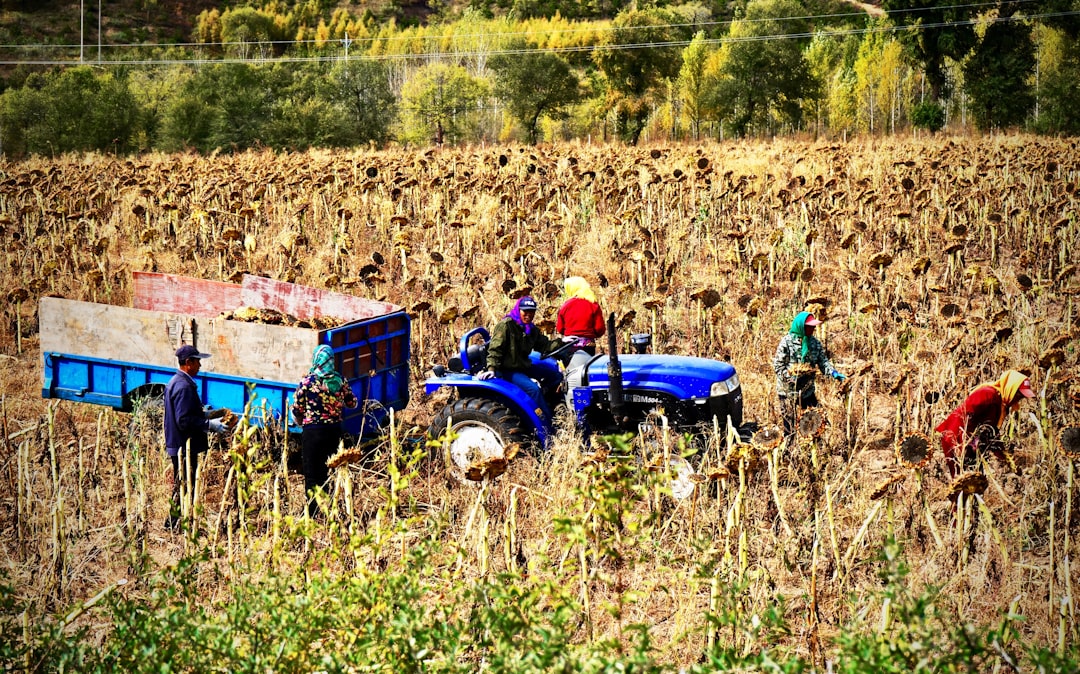What is it about?
We study how wage growth varies among Australian full-time employees over the 2001-2018 period, using the Household, Income and Labour Dynamics in Australia (HILDA) Survey. We show that after increasing between 2002 and 2007, real (and nominal) wage growth has indeed slowed down from 2008 onwards. We argue that the real wage growth may have been relatively high at around 5 per cent in 2007 instead of being relatively low at around 2 per cent in recent years. Moreover, our empirical analysis shows that wage growth seems to a large extent determined by employee characteristics such as age, education, employment contract, occupation and industry. Gender appears less important for wage growth.
Featured Image

Photo by Joshua Hoehne on Unsplash
Why is it important?
As in many other countries, employees in Australia have experienced declining wage growth since the 2008 Great Financial Crisis. The slowing wage growth has received much attention from policy makers and central banks, because of the social impact it could have by making households vulnerable to financial distress. The low wage growth has been surprising to economists given the low unemployment rate up to 2018, and various macro-oriented explanations have been given to explain the decline in wage growth. However, few studies examine how the decline in wage growth has affected different groups of employees – for example to what extent the slow-down in wage growth varies among employees with different demographic or job characteristics.
Perspectives
The results suggest that wage growth inequality between employees is relatively independent of where the Australian economy is in the business cycle, and that the differences between employees are more substantial than the year-to-year variation. Taken together, our findings are relevant for policy makers, as they inform which subgroups of employees are at risk of lower wage growth.
Dr Jordy Meekes
Universiteit Leiden
Read the Original
This page is a summary of: Wage Growth Distribution and Changes over Time: 2001–2018, Australian Economic Review, December 2020, Wiley,
DOI: 10.1111/1467-8462.12397.
You can read the full text:
Resources
Contributors
The following have contributed to this page










